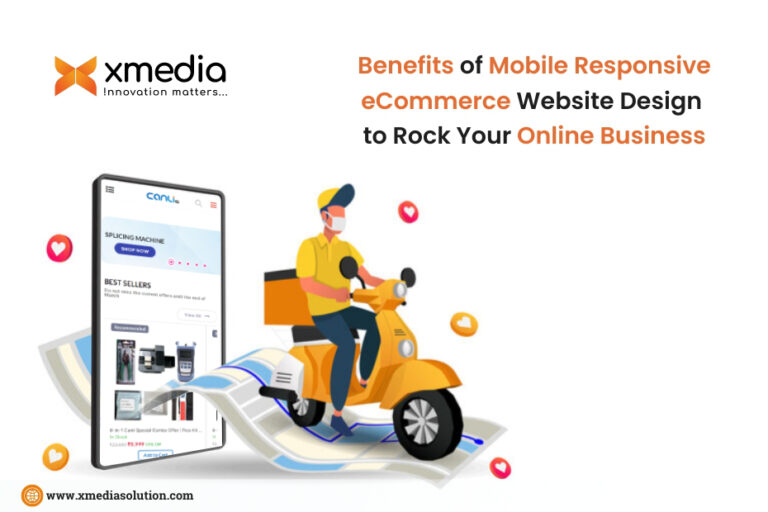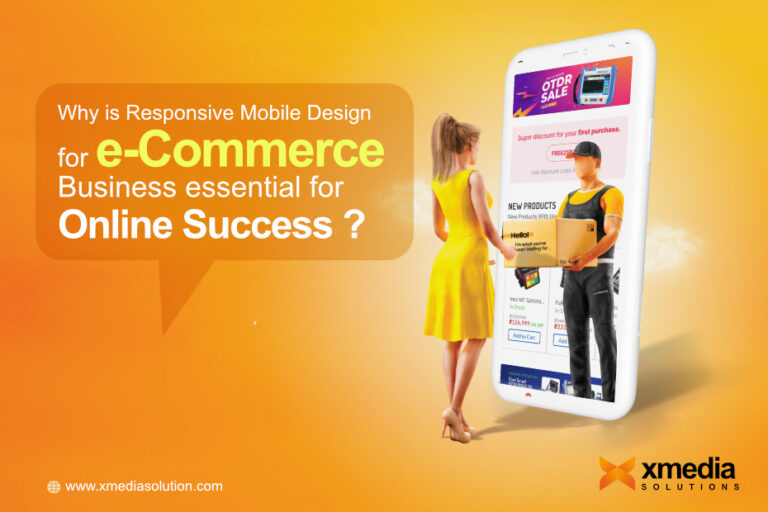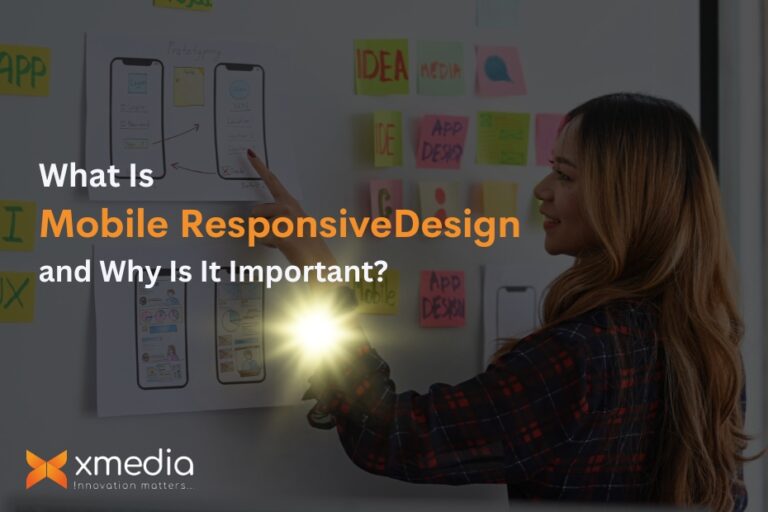Mobile E-learning Considerations
Mobile technology is transforming everyone’s lives, including how people study. It has been hailed as one of the most influential developments in the field of education. Many efforts and cooperation are required to complete “anytime” and “anywhere” mobile learning. In mobile teaching and learning,
eLearning content providers face a number of challenges, including technical learning, digital content production, curriculum design, teacher and learner education, IP protection, and network stability. It’s critical to understand students’ wants and expectations, as well as the technologies accessible while creating a successful educational mobile curriculum or program. Not every information is appropriate for e-Learning, for example, a 2 GB video of a class on a mobile device with a 4G connection may be too expensive. Reading a big paper with 1000 words on a small screen is also difficult. Leaving that aside, various elements such as study design, table of contents, mobile signal strength, content security, content length, and so on should be considered when creating a good mobile teaching programme.
- Design with the learner in mind
Although the terms “user-centered design” and “learner-centered design” sound similar, they are not the same. Learner-centered design helps to rebuild the experience around the learner, whereas user-centered design supports task completion. M-learning necessitates the design and implementation of
both user-centered and learner-centered activities.
- Sensitivity and behaviour on mobile devices
People nowadays expect to have complete control over a mobile interface. Touchscreen and sensor-based inputs such as tapping, pinching, zooming, swiping, auto-rotation, and touch vibrations appear to boost learners’ motivation and engagement with mobile devices. The interactivity of touchscreens was
also picked as the top area of mLearning design that training experts were most interested in, according to ADL’s 2013 survey on mobile learning.
The approach of acquiring more information by employing the sense of touch is known as touch-sensitivity learning or tactile learning. Because the tablet’s screen is larger than the smartphone’s, the content visualization will vary. The material must be designed for mobile devices such as smartphones and tablets. Clean visuals and visual design, in addition to high-quality content and instructional design, encourage learners to interact with the interface and information.
















